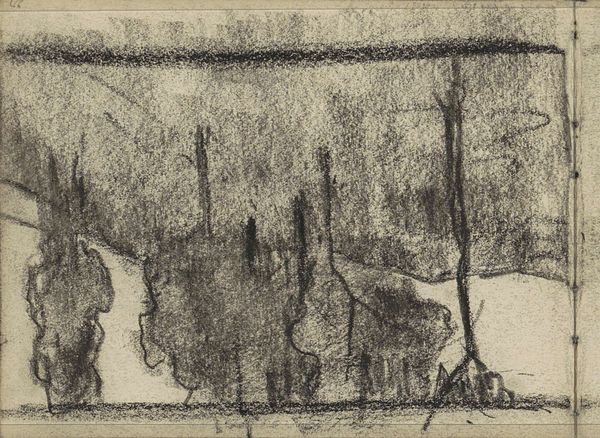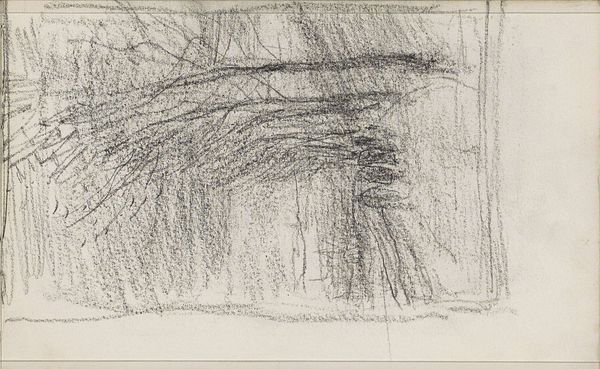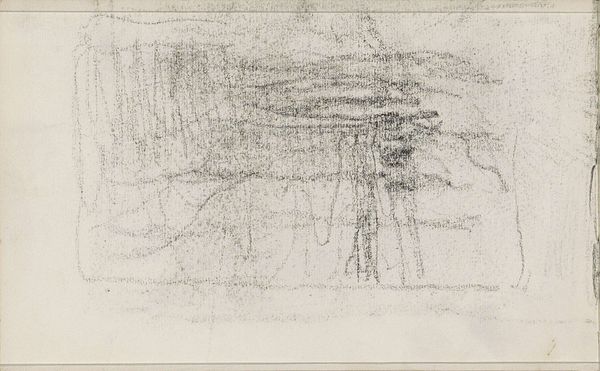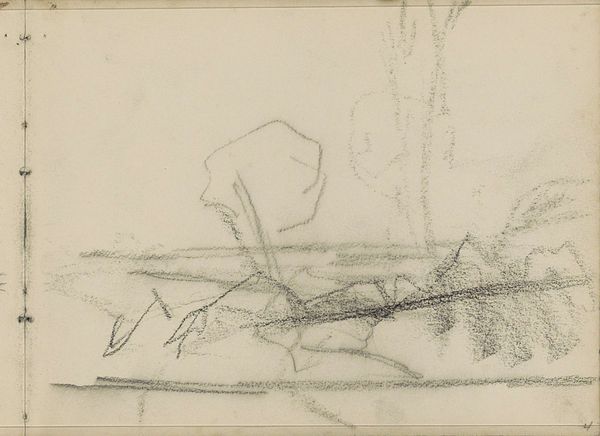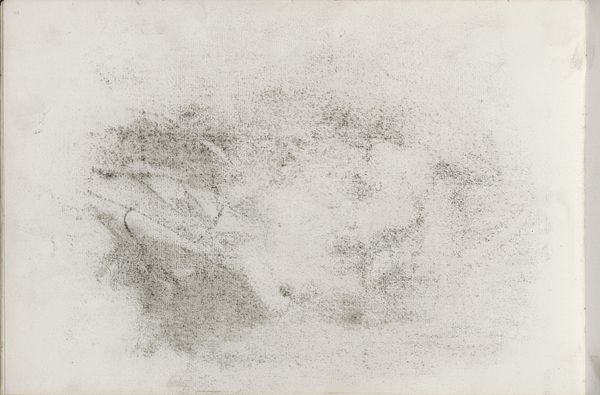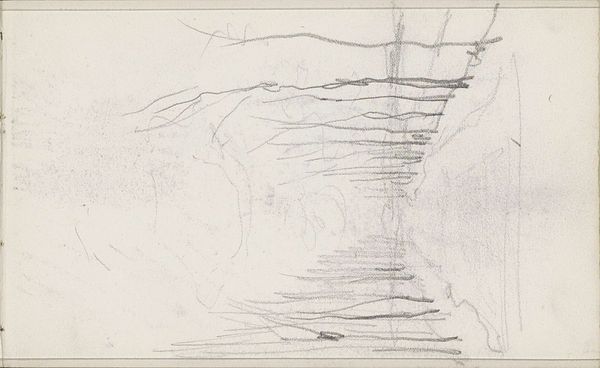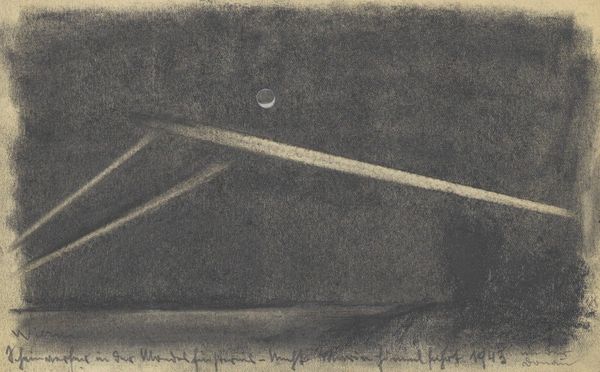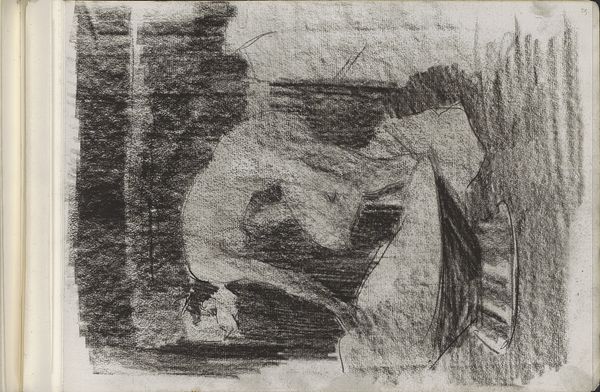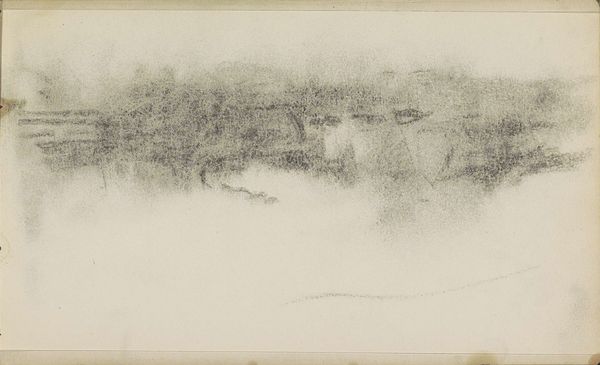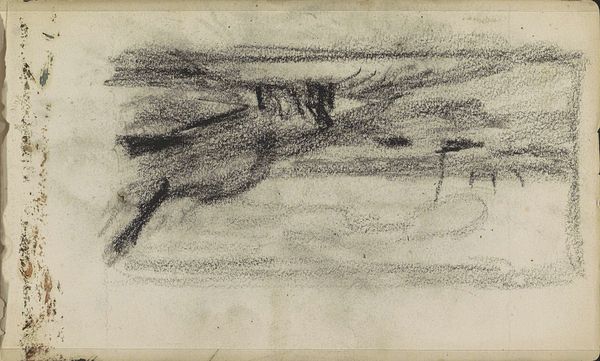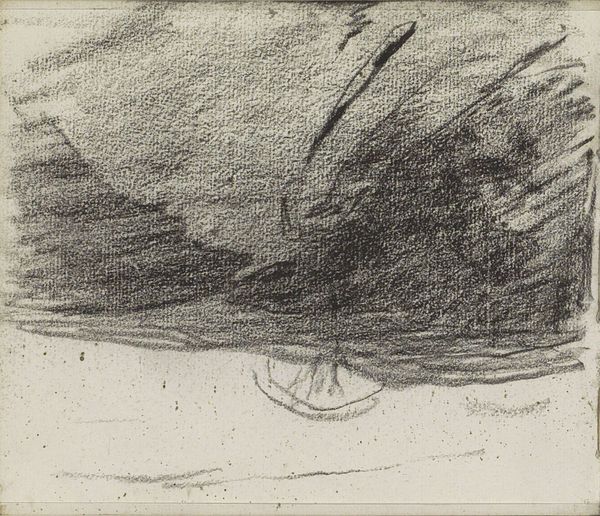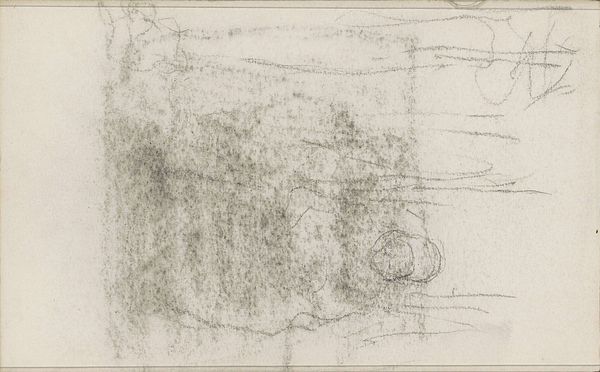
Copyright: Rijks Museum: Open Domain
Here we see a landscape study rendered in pencil by Hermannus Adrianus van Oosterzee. The trees, rendered as vertical lines, and the horizon, a horizontal one, form a skeletal frame. The image's power is in its evocation of the archetype of the forest, a symbol laden with meaning across cultures. In ancient pagan traditions, forests were sacred groves, places of communion with the divine. Consider the Roman "nemus," a sacred grove, or the Black Forest in German folklore. The forest also represents the untamed aspects of the human psyche, a place of darkness and mystery. Like the figures in Caspar David Friedrich’s landscapes, we are drawn into this primal space, where rationality dissolves. Oosterzee's sketch is a visual shorthand for the vast repository of cultural memory. The viewer unconsciously projects personal experiences onto this elemental image.
Comments
No comments
Be the first to comment and join the conversation on the ultimate creative platform.
